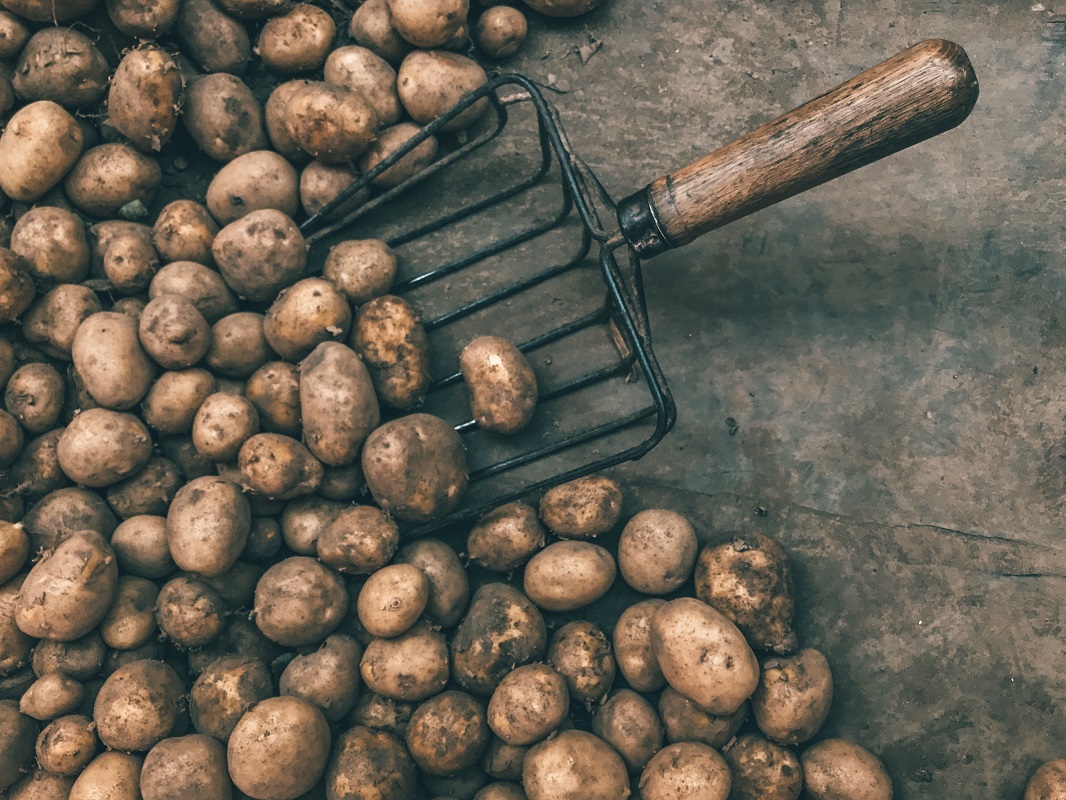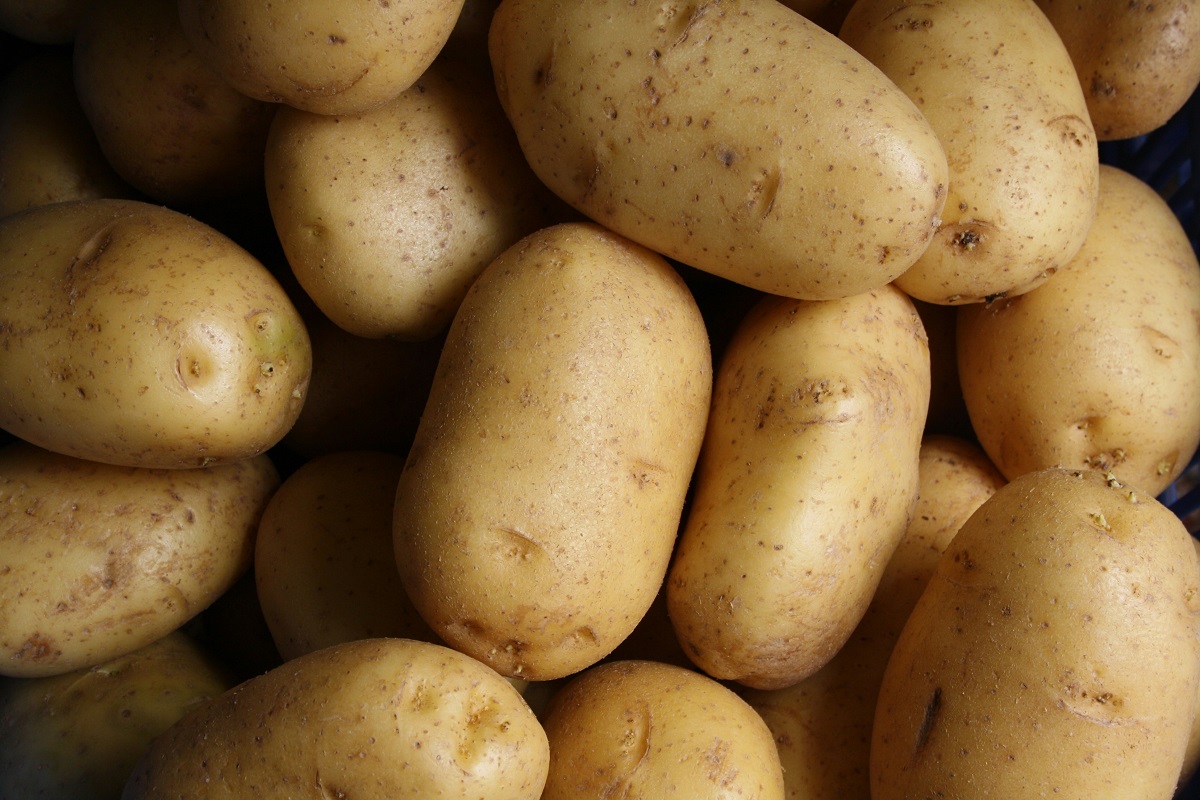
Easy Ways to Grow Potatoes
When it comes to modern sustainable farming, some crops are more rewarding and versatile to grow than others. The humble potato, for instance, offers the ability to make tons of recipes. It’s also a great way to introduce environmental consciousness and self-sufficiency to your backyard garden. There are numerous techniques to grow potatoes, which makes them a great start for someone who wants to get into sustainable living.
Why potatoes? These tuber vegetables have been feeding people for nearly forever and have become a foundation of food security. Getting involved with growing them can connect you to the farming techniques of old while creating a healthier planet and reducing your carbon footprint. Keep reading to learn more about your options in terms of easy methods to grow potatoes.
The Simple Garden Method to Grow Potatoes
Growing potatoes can be sustainable and a good time as well. The practice provides you with delicious potatoes as well as a step toward being more self-sufficient and having a connection to the earth. Below is one of the simplest ways to grow potatoes on a garden plot.
1. Choose the Right Location and Time
Potatoes do well in cool temperatures, so many people like to plant them in the fall in warm locations. Those in cooler areas might want to wait until a couple of weeks after the last frost to get started. Choose an area that is sunny with somewhat acidic, well-draining soil. A pH of 5 to 7 is ideal but not required. For the best results, till the soil and add mature compost, aged manure, or high-potash fertilizer to create the best ground for planting.
2. Sprout and Plant the Potatoes
Choose small and healthy seed potatoes and let them sprout for about two weeks in an area with lots of light. For potatoes larger than the average egg, you can choose to cut them into pieces with two sprouts or eyes on each. These will be planted into shallow trenches about a foot apart. The sprouts should be faced up. Cover them with around four inches of soil to ensure there’s room for them to grow.
3. Maintain and Care for the Plants
Keep your plants watered so the soil stays moist, especially while the potatoes are flowering. As they grow, build up the soil around the stems is a process called hilling. This helps support the potatoes and also protects them from too much sunlight. This is important since it can turn them green and cause the production of solanine.
4. Keep Pests and Diseases Away
Look for signs of potato diseases such as scab and blight. It’s best to rotate the planting locations from one year to the next to cut down on these risks. You should also remove weeds regularly since they will suck up the nutrients from the soil and leave your potatoes wanting. Handpick any potato beetles you see and spray aphids with a hose. You can also use neem oil or other natural insecticides.
5. Harvest and Store the Potatoes
Finally, harvest your potatoes by digging them up. Be gentle and let the potatoes grow until the foliage begins to fall away. This is the sign that you should move forward and harvest. Put the potatoes in a dark, dry, and cool place for up to two weeks before moving them to a root cellar or similar spot with temperatures between 35 and 40 degrees Fahrenheit.
Growing and Harvesting Potatoes with the Use of Food-Safe Barrels
Potatoes can also be grown in food-safe barrels. This tends to work best if you have poor soil or limited space. This makes the art of growing potatoes one that anyone can get involved with. Below is a short guide about how to grow potatoes in barrels successfully.
1. Gather the Materials
Gather everything you need, including large buckets with drainage holes in the bottom. You can even use food-safe barrels if you want to make the most of your materials. You’ll want good potting soil, too. We recommend options enriched with aged manure and compost. Disease-free seed potatoes will also be needed to get going.
2. Select the Location and Time
Choose a sunny spot for your buckets and make sure they get at least six hours of sun each day. Potatoes do like sunny weather, but buckets give you additional flexibility. You can easily move them indoors or to a shelter if the temperature drops too far.
3. Prepare the Potatoes
As with the other method we talked about, you want to make sure the seed potatoes sprout before they are planted. Put them somewhere well-lit for a couple of weeks at between 60 and 70 degrees to encourage them to grow sprouts.
4. Add the Soil
Fill each barrel with a few inches of potting soil to cover the bottom. Put the buckets where you want them first so they are easier to move.
5. Plant the Potatoes
Plant about four seed potatoes in each bucket, making sure they are spaced evenly and the sprouts face up. Cover them with a few inches of soil with enough space at the top for hilling that occurs later.
6. Maintain and Water
After planting, make sure the potatoes are watered and the soil is moist. Keep the soil moist throughout the growing process, but don’t go overboard. As the plants grow, add soil to cover the stems so you encourage the formation of tubers.
7. Watch for Diseases and Pests
Inspect your plants for diseases and pests, such as blight or potato beetles. You can hand remove pets or use an organic product on them. Rotate where the barrels sit each year to avoid any issues.
8. Harvest the Potatoes
Now you get to harvest the potatoes. This should occur when the plants turn yellow and start to die back. This is usually about three months after planting. Tip the barrels and look through the dirt to collect the potatoes. Cure them somewhere dark and cool before you use them.
Grow Bags!
There are a ton of grow bags that make it easy to produce potatoes. Check out these grow bags from Farm Plastics Supply to see if this is something you would like to try.
Plant Your Potatoes at Stoney Creek Farm
Growing potatoes can be fun and fulfilling for anyone interested in sustainability. Whether you have lots of garden space or want to use buckets, you can enjoy the fun of planting, growing, and harvesting potatoes. For those in Franklin, TN, you can start your journey at Stoney Creek Farm, where you can rent garden plots for potatoes and more. We offer blogs, mentoring, and YouTube videos to guide you through the process.


